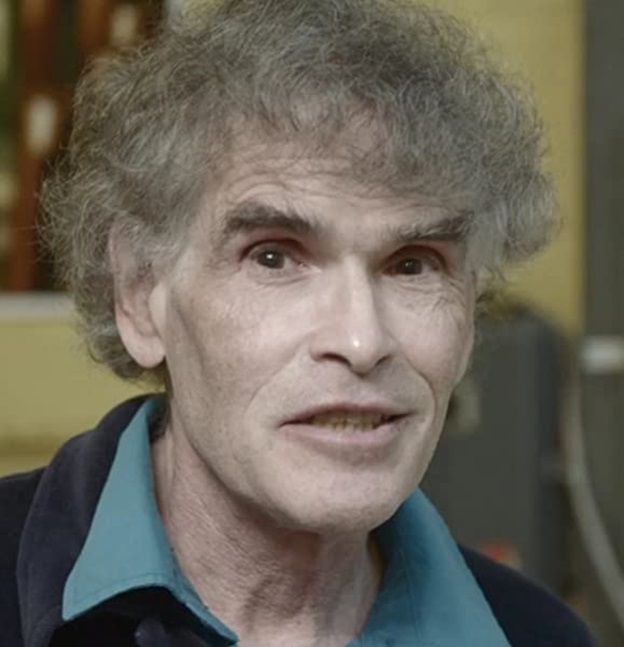Lerner - LPP Founder.jpg

Part 6 of 6 Parts (Please read Parts 1, 2, 3, 4, and 5 first)
While fossil fuel and nuclear commercial power plants rely on steam generation to generate electricity, the dense plasma focus (DPF) fusion reactor being developed by LPP Fusion generates electricity in a very different fashion. It relies on common self-organizing processes to focus the energy of an electrical discharge into a tiny, dense structure called a plasmoid in which the conditions required for hydrogen-boron fusion can be reached.
It has been known for a long time that DPF discharges generate extremely powerful beams of electrons and ions. These beams originate in the plasmoid itself at the end of its life cycle. At that point, a new type of instability occurs which disrupts the currents in the plasmoid. It gives rise to an intense electrical field as it decays. Ions and electrons are accelerated to very high velocities as they are sent in opposite directions. The ion beam consists of alpha particles which have been released by the hydrogen-boron reactions in the plasmoid. This is, of course, an extremely brief short pulse as opposed to a continuous beam.
The technology needed to convert ion beams energy into electricity already exists. Many different particle accelerators depend on it. Only two-thirds of the energy generated by the plasmoid wind up in the ion beam. The rest of the energy is emitted from the plasmoid in the form of X-rays.
In the photelectric effect, X-rays knock electrons out of a metal which, in turn, generates electricity. LPP Fusion has been able to develop and patent X-ray conversion technology that exploits this principle, From the total electricity produced in the DPF reactor, part of it is used to recharge the capacitors that provide the triggering electrical pulse. Another part goes to provide electricity for various auxiliary systems. The remainder of the electricity generated goes to net output of electricity to power the grid and for industrial processes.
In LPP Fusion projected DPF power plant, the discharge-recharge cycle of the plasmoid process would be repeated two hundred times a second. It will reach a net power output of about five megawatts. This is all based on the assumption that the DPF reactor will be able to generate the predicted net energy from fusion reactions in the plasmoid.
In spite of record temperatures that have been reached, the DPF reactor is still far from achieving the theoretical net energy production where much more energy is output from the device than is put into the device. Until the work at LPP Fusion, no researchers had made a systematic effort to optimize the fusion output of DPF by exploiting the self-organizing process described above. In order to just reach the goal of “breakeven”, the amount of energy that is released per each plasmoid discharge will have to be increased one hundred and twenty thousand times.
It turns out that this level energy release can theoretically be achieved by modest improvements in a few key parameters. There is not guarantee but it appears that the goal can be reached in the near future. LPP Fusion is following a well-defined plan. The major task is the need to increase the density of the plasmoid. The way to achieve this is to improve the symmetry of the array of filaments at the point they merge together and double the current through the DFP reactor. LPP Fusion researchers hope to reach the required one hundred times increase in plasmoid density by the end of this year. Following that, they will begin work on converting their device from deuterium fuel to hydrogen-boron fuel.
If everything works as intended, the beginning of the engineering and prototype development phase could begin as early as next year. One big advantage with respect to time and cost is that no major scale-up of the DPF reactor will be required. The ultimate commercial version of the DPF reactor will have the same dimensions as the current experimental version.
LPP Fusion has managed to generate a significant amount of excitement around the project. A substantial part of the costs of the current experimental work is being raised through investment crowd-funding. Currently, there are over seven hundred and fifty investors. However, it is also obvious that the lack of more adequate funding is the main thing that is holding back progress on the project.